Stamped Concrete
Stamped concrete is concrete that is patterned to resemble brick, slate, flagstone, stone, tile, and even wood. In this section, you will see how stamped concrete can be used to beautify pool decks, driveways, entries and courtyards, and patios.
Stamped Concrete
Due to the wide array of patterns and colors available and the cost of stamped concrete in relation to other materials, stamped concrete is becoming more popular.
Colors and patterns for stamped concrete are often chosen to blend with other stone, tile or patterned concrete elements at the residence. Complex designs incorporating steps, courtyards, and fountains can be achieved. Stamped concrete can also be blended with other decorative concrete elements such as exposed aggregate finishes and acid-etch staining.
Uses for Stamped Concrete:
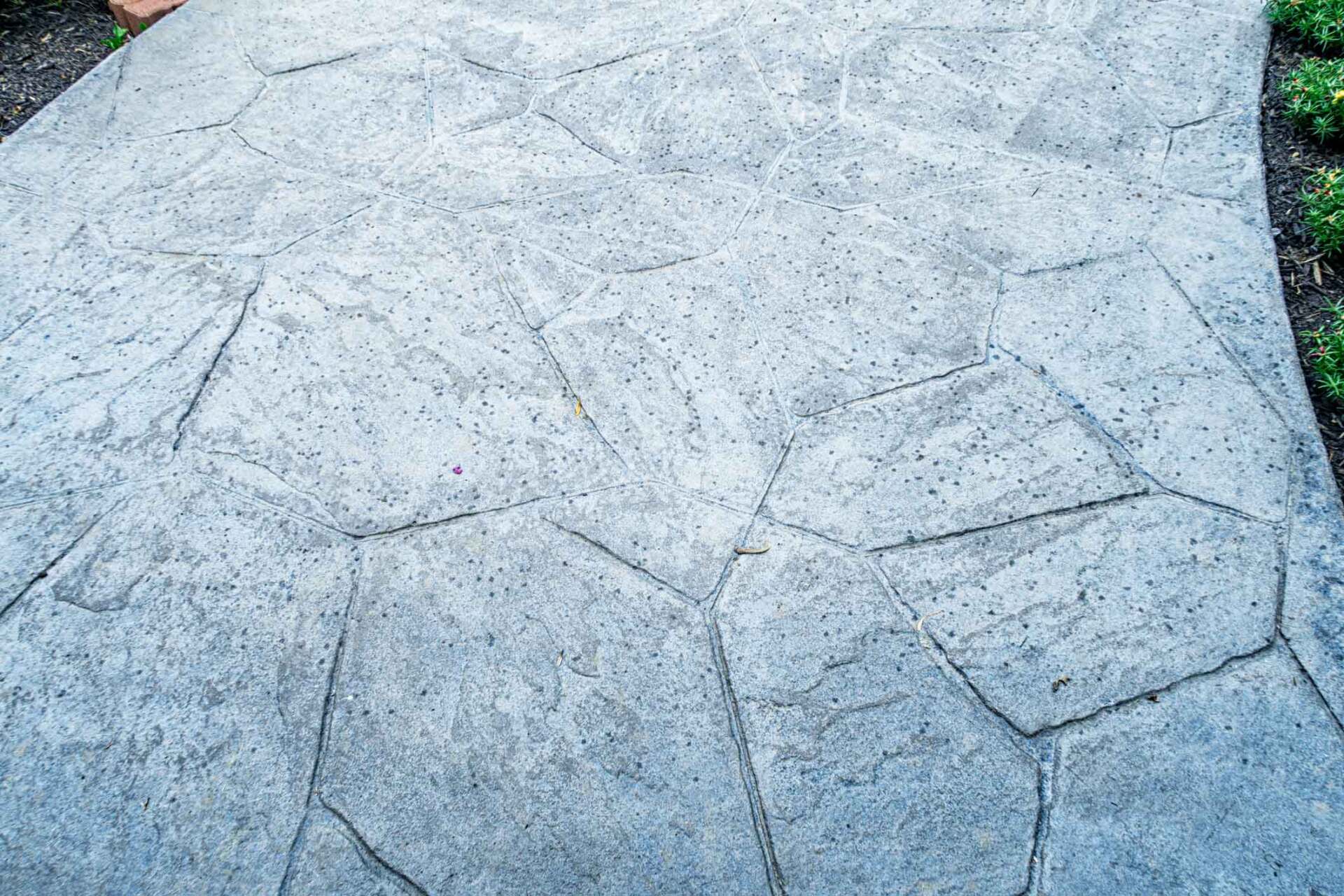
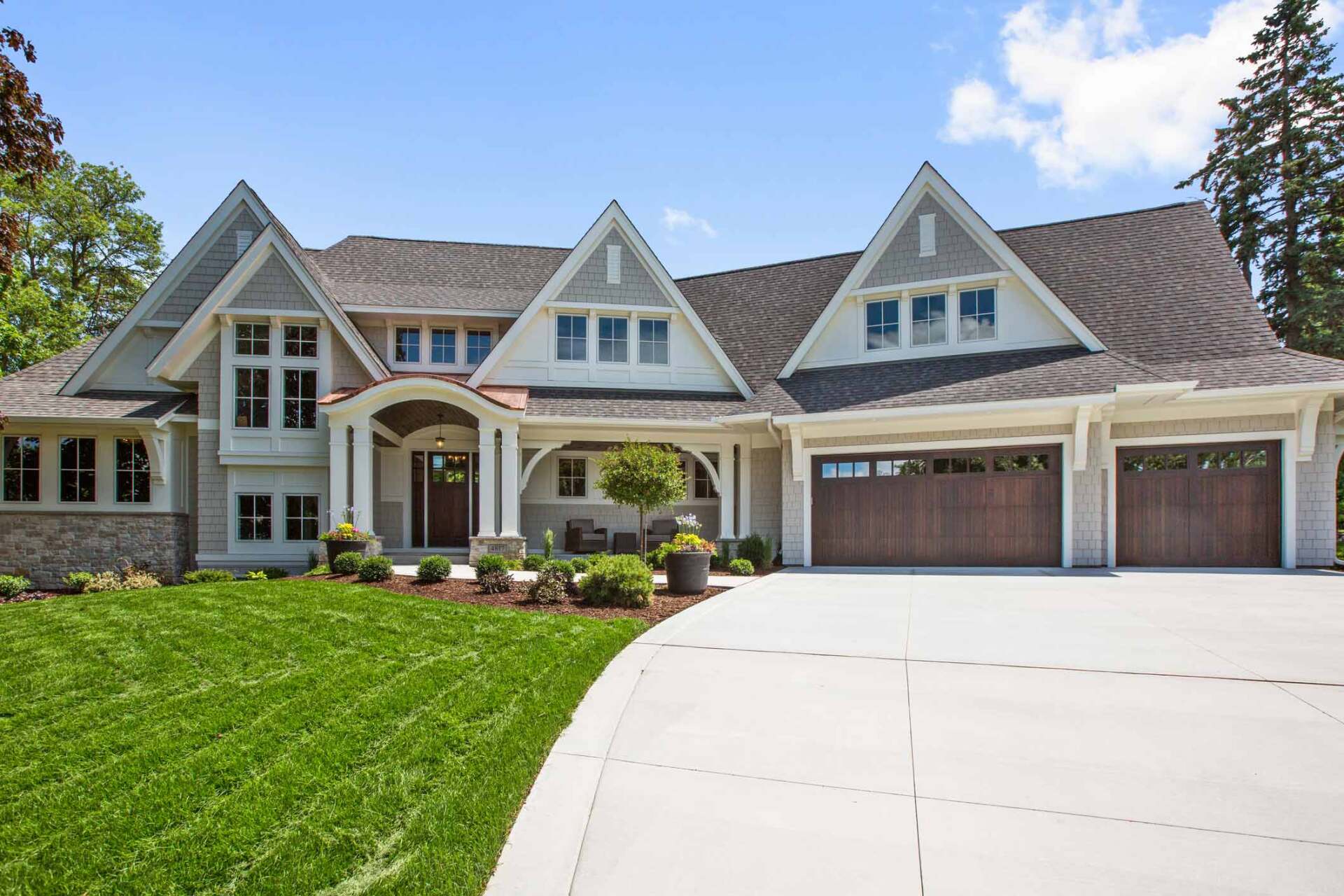
Driveways
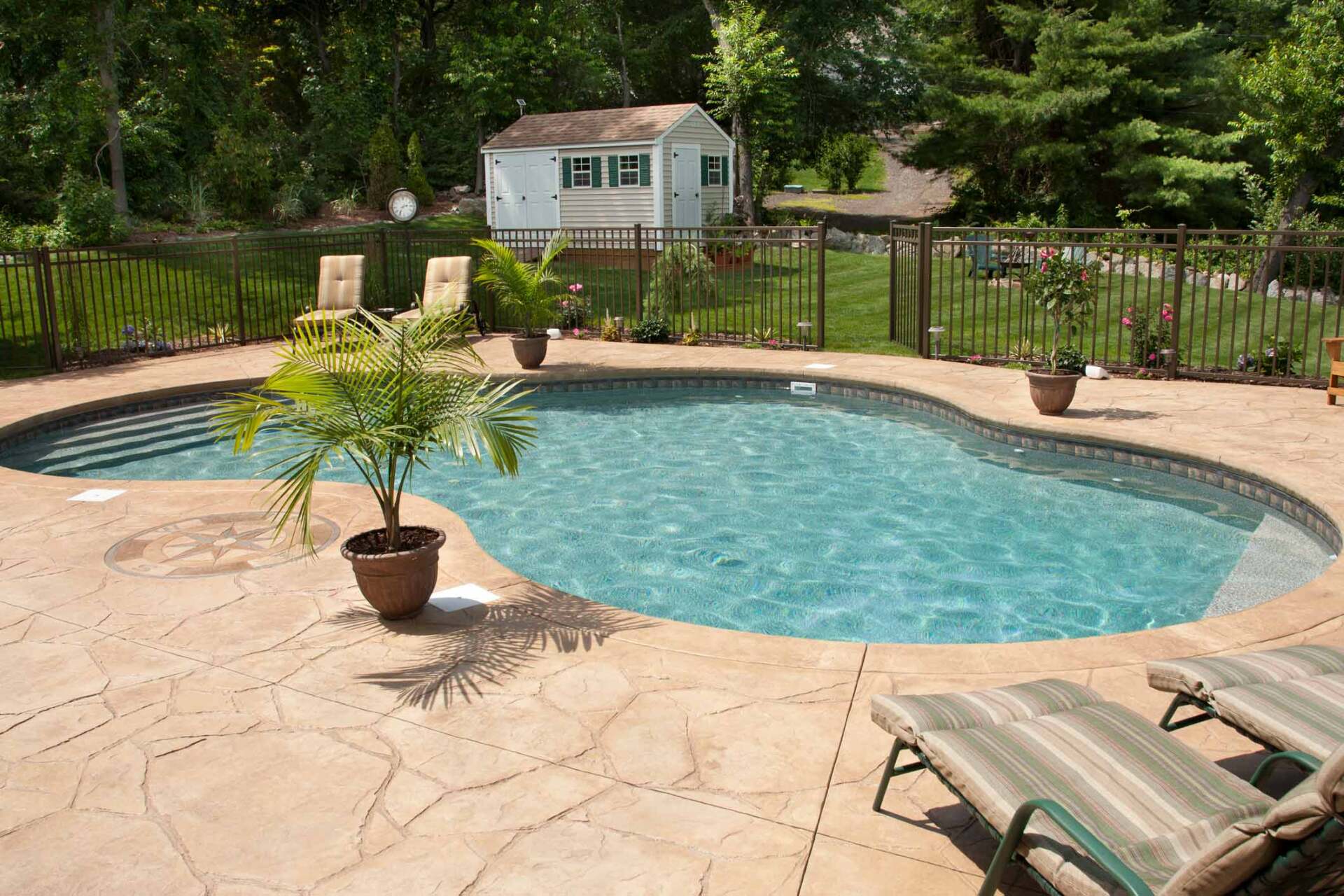
Pool Decks
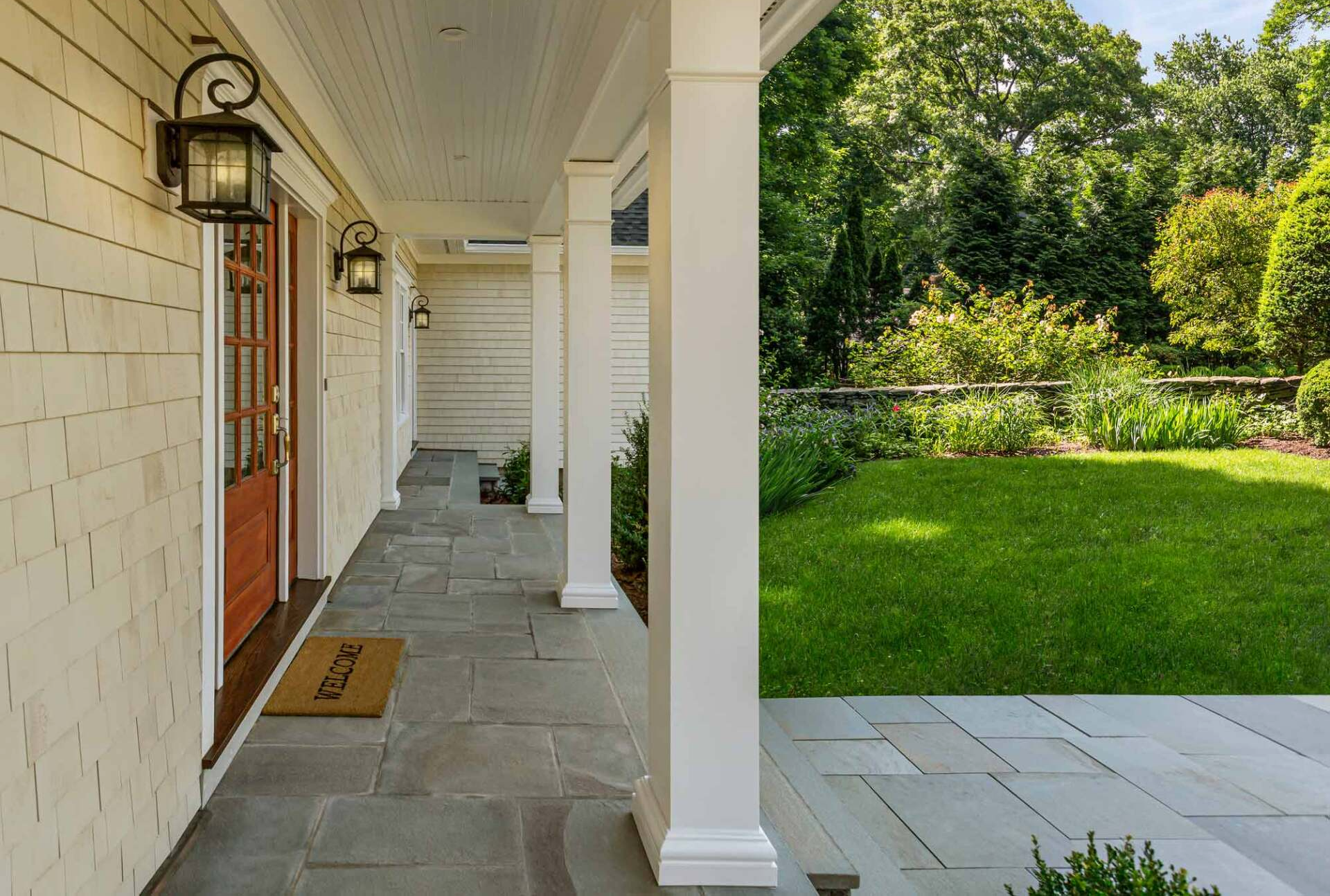
Porches and Entries
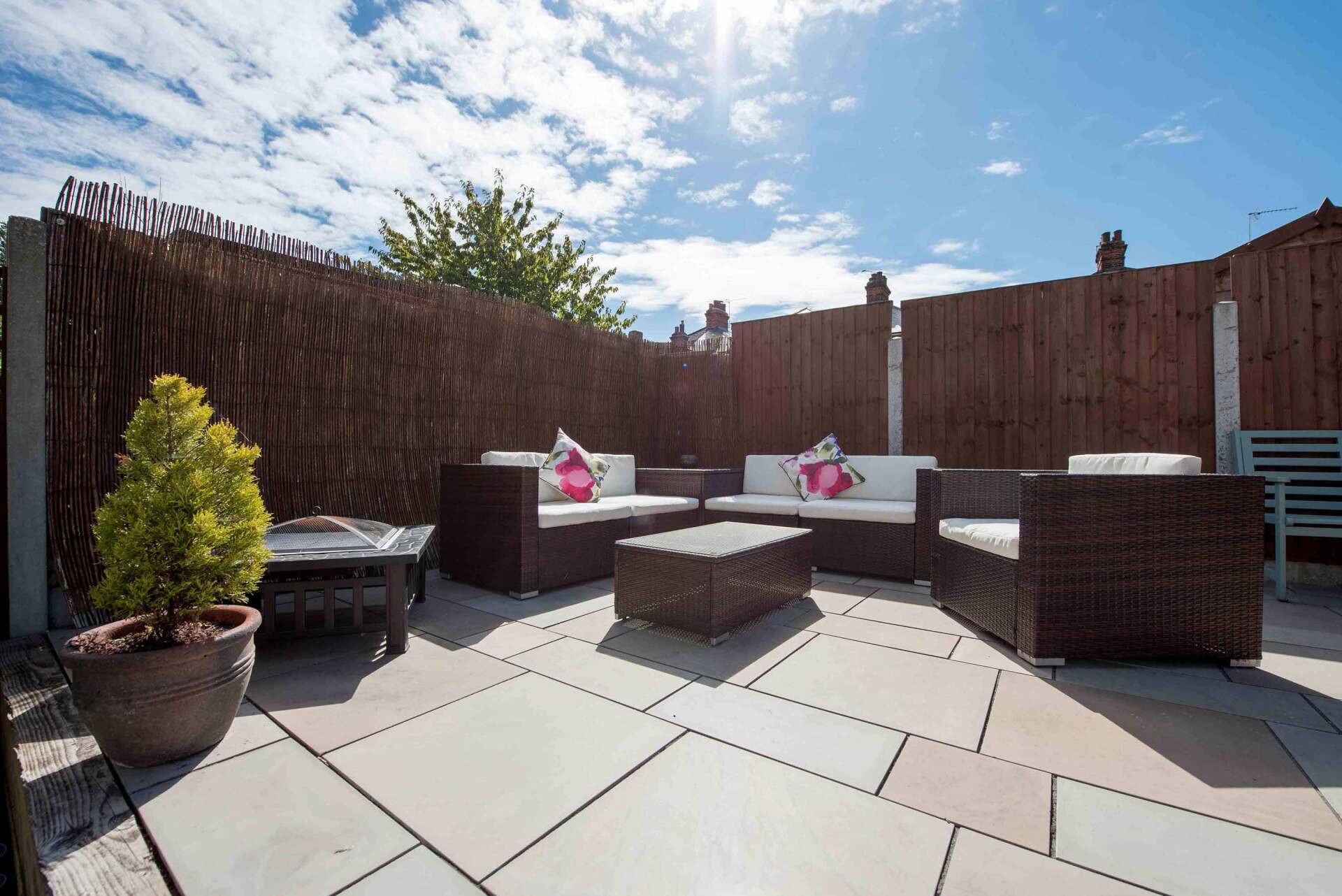
Patios

Does stamped concrete fade?
Cleaning and sealing stamped and colored concrete should be done on a regular basis just like any other home maintenance. The frequency will depend on how high of a traffic area to cars, foot traffic, water, and any chemicals the concrete is exposed to.
Caraway Concrete Construction recommends resealing every 2 or 3 years, if you wait longer, you may notice the color fade slightly. But just like waxing a car, reseal your stamped concrete and the color will be as vibrant as the day it was installed.
For more information of concrete sealers, contact us. Note however, that the best sealer is the one recommended by the firm that installs your stamped concrete. Some firms even offer maintenance services.
Will stamped concrete crack?
The nature of any type concrete is that it MAY crack. To minimize/eliminate any risk of stamped concrete cracking, an experienced, knowledgeable concrete contractor, specifically trained in stamping concrete, must install it. A competent concrete contractor knows that the sub-grade must be of structurally sound material; that the concrete mix design must be 4000 3/4, 7% air-entrained concrete to withstand a harsh New England winter; that the concrete must de reinforced with 3/8" steel rebar; that nylon in fibers should be added to the concrete for secondary reinforcement against cracking and that proper control joints/expansion joints are cut into the concrete. Should the concrete crack despite these treasures, the crack is almost always a hairline fracture. Most of your friends and guests will never know it's there unless you point it out to them.
How many years has stamped concrete been installed?
A form of today’s stamped concrete was originated on the West coast back in the 1960s. The stamped concrete tools back then were made of metal and resembled cookie cutters. They produced a pattern but did not provide any texture. Today's tools are rigid mats made of polyurethane that produce authentic textured patterns of stone, brick and even wood planking and fossilized sea life. When stamped concrete is installed by experienced craftsmen, brick masons with 30 years of experience can't tell the difference between stamped concrete and real brick or stone.
The concrete process
After the concrete has been placed and bull floated, SCP's CHROME-HARD color hardener is applied after excess bleed water has evaporated. Each pail of color hardener will cover approximately 100 feet (10 M2). It is applied using the dry shake method.
After the color hardener has been applied and slick finished, SCP's powder release agent is applied prior to stamping. The release agent will keep the stamp tools from pulling up concrete and impart another color shade to the work. Here, texture skins are used to texture to the edge of the form boards to ensure complete texturing to the edge of the slab.
A tamper is used to firmly imprint the texture and pattern of the stamp into the plastic concrete. Keeping the stamps fitted tightly together is important to create neat grout lines.
Texturing continues down the edge of the form boards as workers in the background start running the Regal Ashlar mats. The first mat laid is critical to the layout of the job, as all other mats will be placed square to the first mat.
Bands can be placed every 12 feet to break up the primary pattern used and can provide a straight line to place an expansion joint. This helps to “hide” the expansion joint so that you don't saw cut through your primary pattern. This is an easy and unique way to distinguish your work from others as well as create a more aesthetic and realistic appeal.
The concrete is allowed to set after stamping for 1 -4 day, depending on climate, before the excess release agent is pressure washed from the surface. After the slab is allowed to dry completely, two coats of CHROME-SEAL 30% Solids Clear Sealer are applied to the surface using a 1/2 nap roller. The sealer protects the slab-torn staining and enriches the final color by amplifying the colors in the hardener and release agent.
QUICK LINKS
BUSINESS INFORMATION
Address 2906 Woodlawn Rd. McKinney, TX 75071
Service Areas Collin & North Dallas County
Phone (972) 390-1350
Email carawayconcrete@yahoo.com



